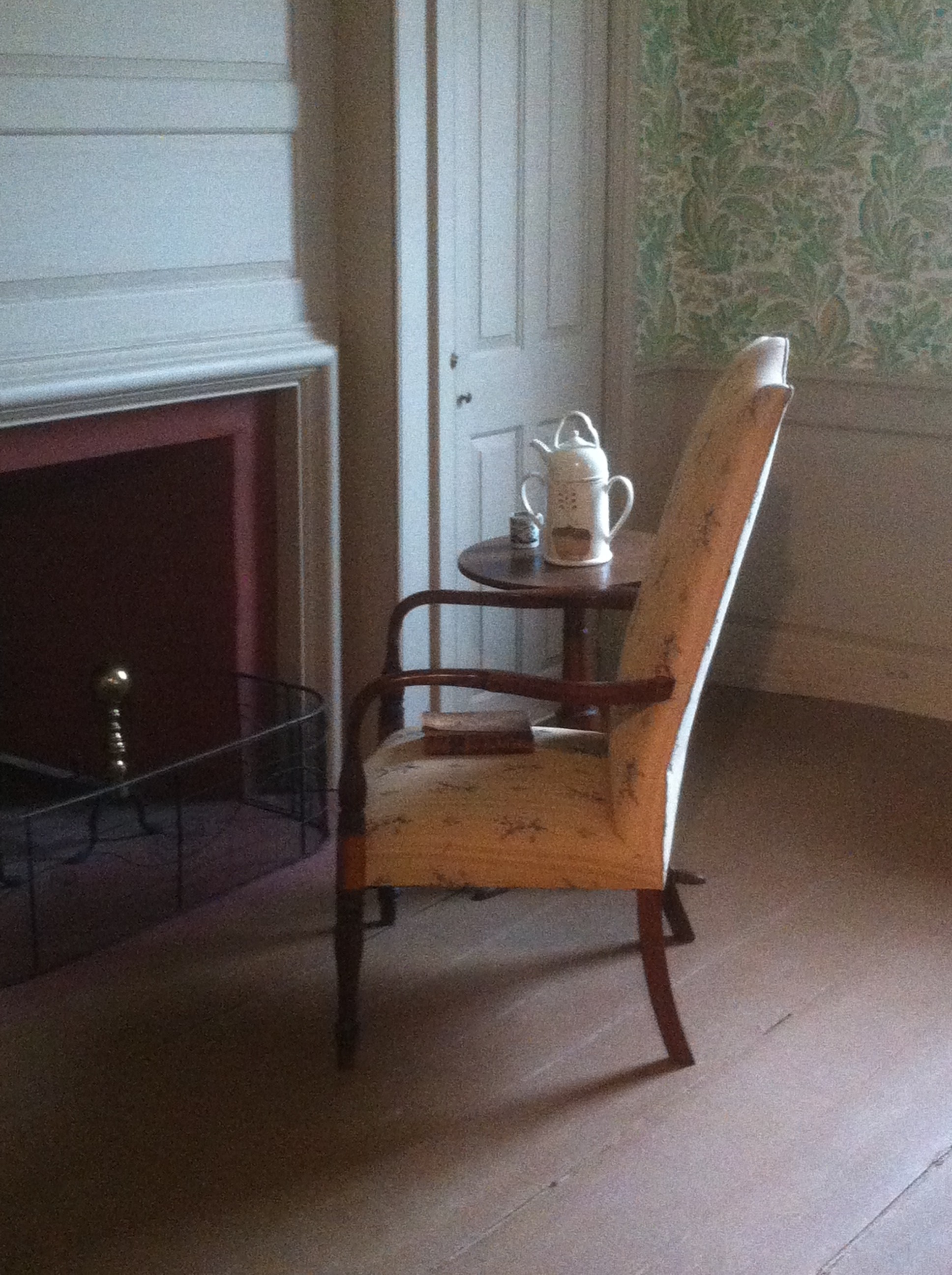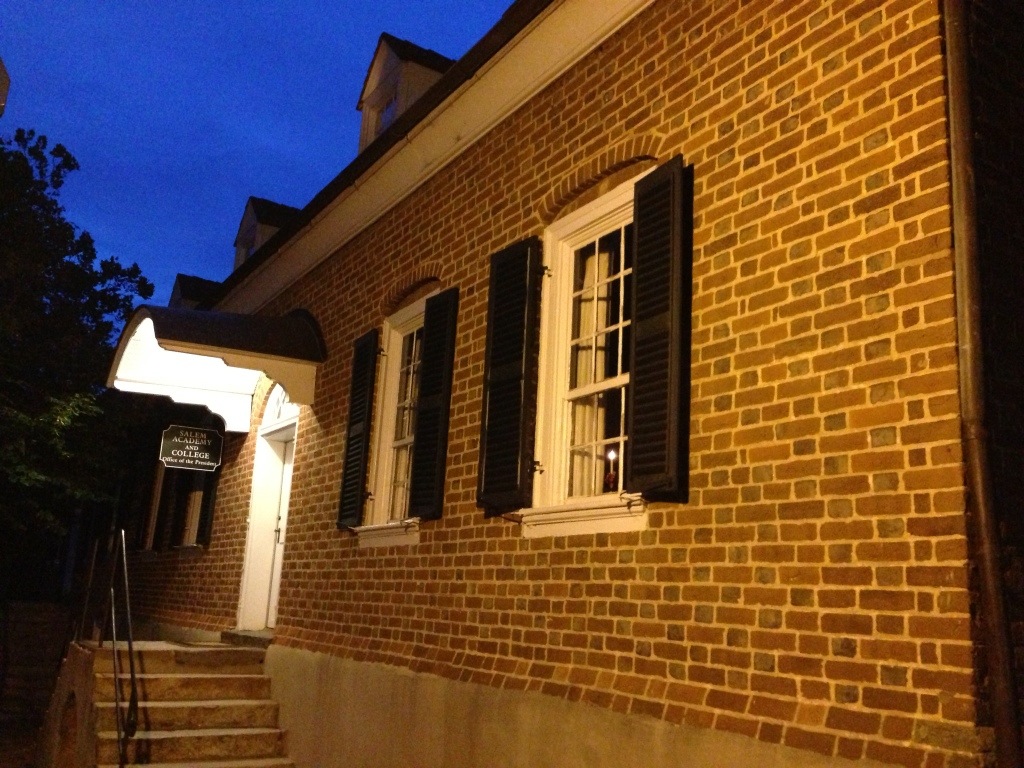strawberry banke aka Portsmouth, NH
If one needs a bit of time traveling for the final days of summer, plan a visit to Portsmouth, NH. I often stop by on my way up or down the coast and appreciate all of its offerings from the historic structures and sites to the contemporary art galleries. Reference the recent “36 Hours in Portsmouth, NH” from the August 4th edition of The New York Times.
The English settled there in 1630 and named the area, on the Piscataqua River, Strawberry Banke due to multitudes of “wild berries’ ripe for the picking. By 1653, the outpost was renamed Portsmouth, becoming an important seaport during the 1700s, and continues to be a working port to this day.
Strawberry Banke Museum is a rare treat—a time capsule— and a must see when visiting, for one truly does time travel here. Encompassed in this ten-acre neighborhood are 42 structures, starting with buildings dating from 1695 and continuing right up until 1954. Alongside the homes and shops are gardens, so one can see four centuries of garden history as well. Take home a package of heirloom seeds for your garden.

a place for colonial contemplation
Make Discover Portsmouth your first stop, for it combines the old and new, and will give you a grounding for your time travel around the city—watch the video, visit the museum, get a map, say hello to my friend Maryellen Burke—the congenial director and she knows everything about Portsmouth—and head off to walk the cobblestone streets. If you are planning a visit for Friday August 16th, be sure to make reservations for their Twilight Tour featuring nine historic houses around town, including Strawberry Banke.
When you are walking around, don’t miss the incredible Portsmouth Athenaeum, a membership library established in 1817. Members have 24-hour access here, but there are hours for the public to use the research library and to see their exhibits. The building is fascinating and the walls are covered with treasures, portraits, busts, maritime ephemera, etc.



